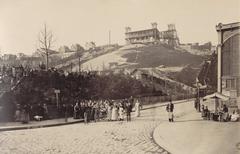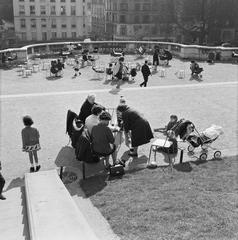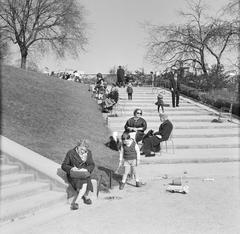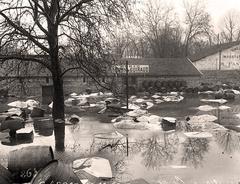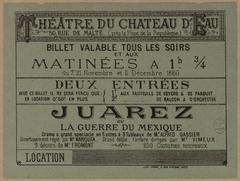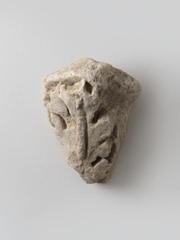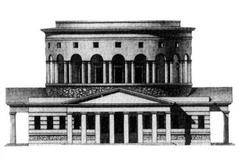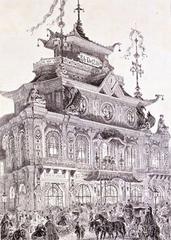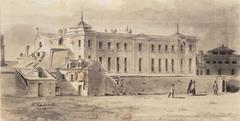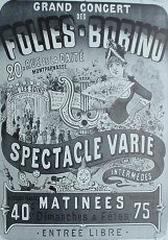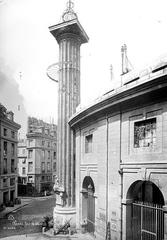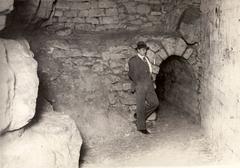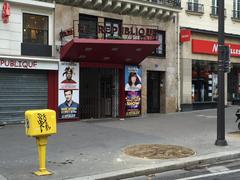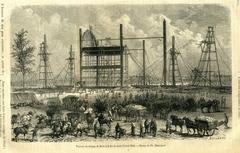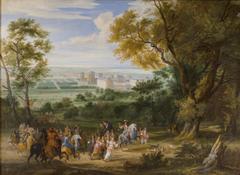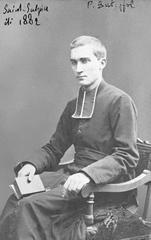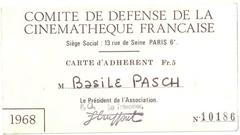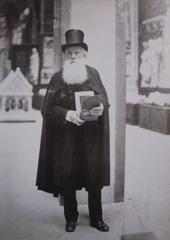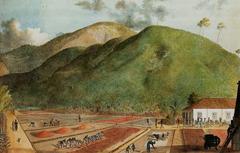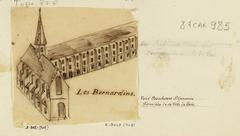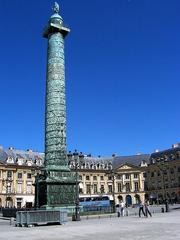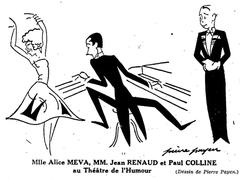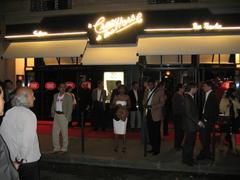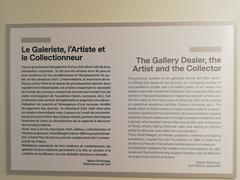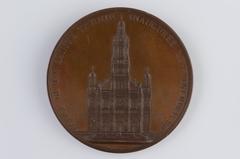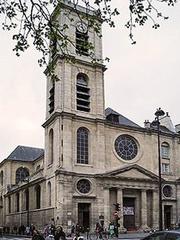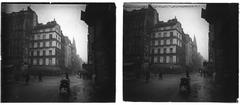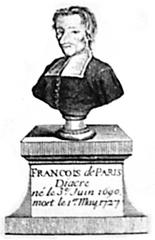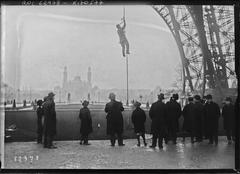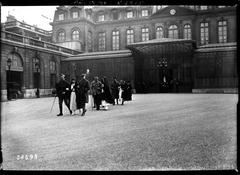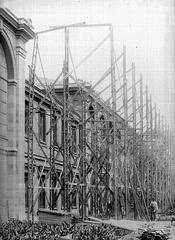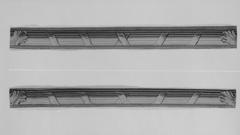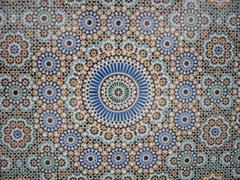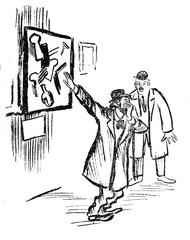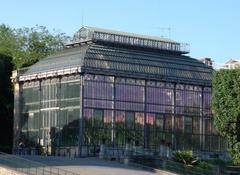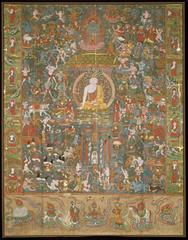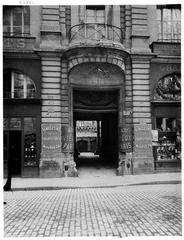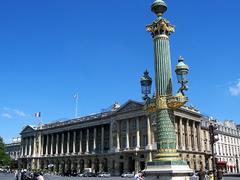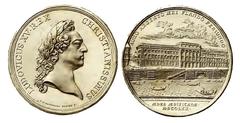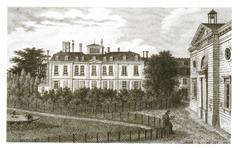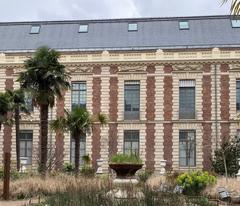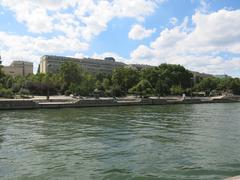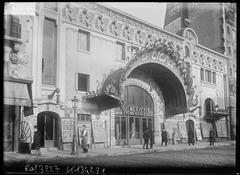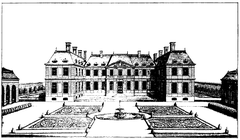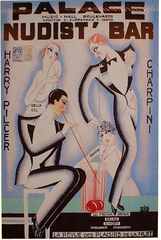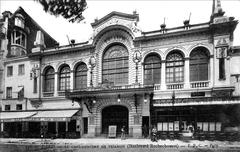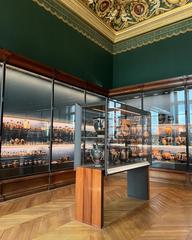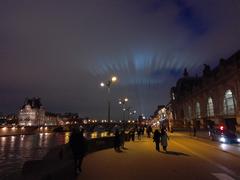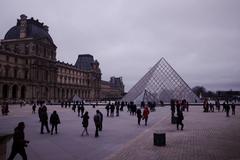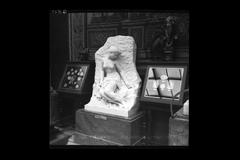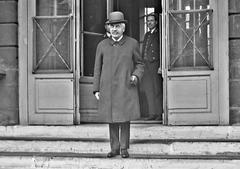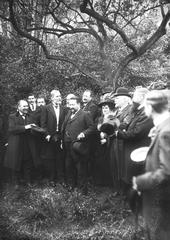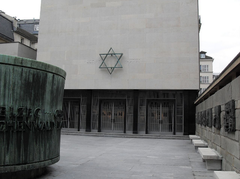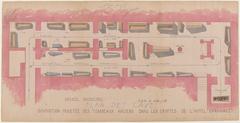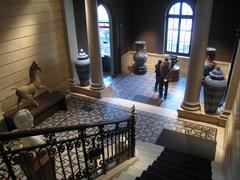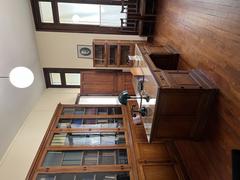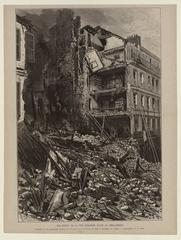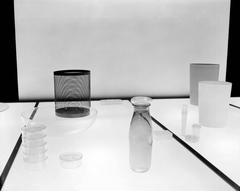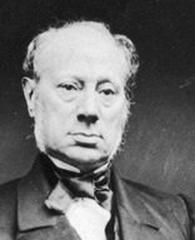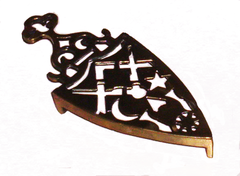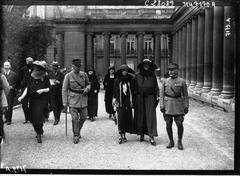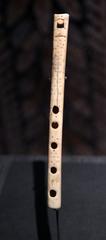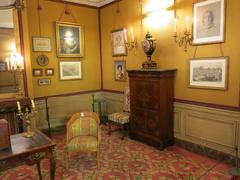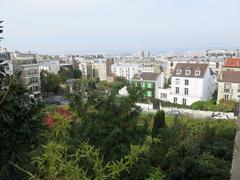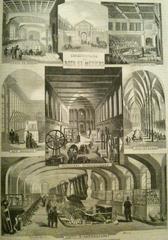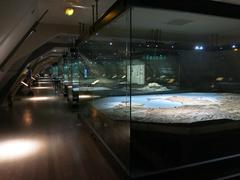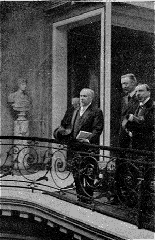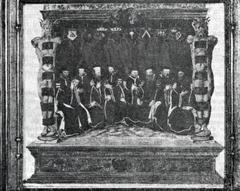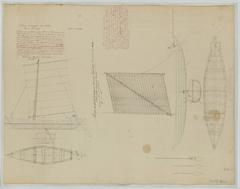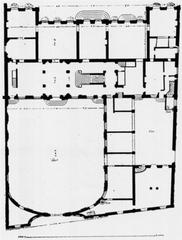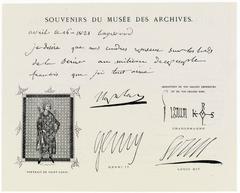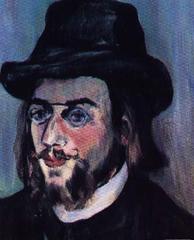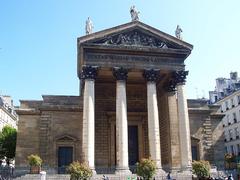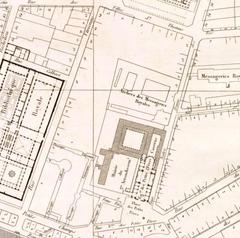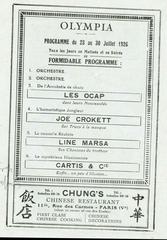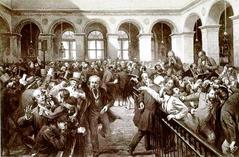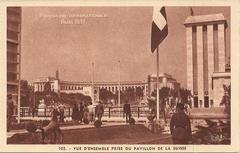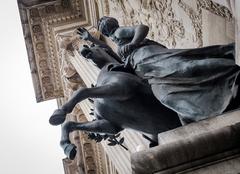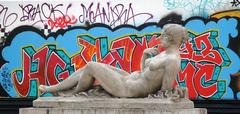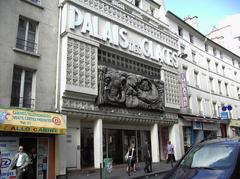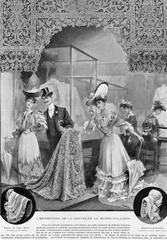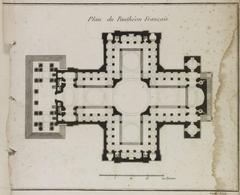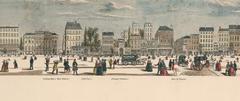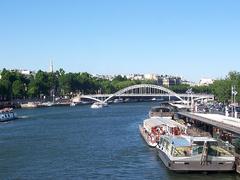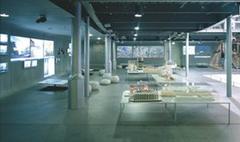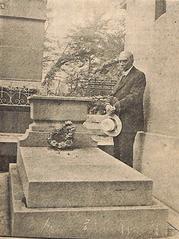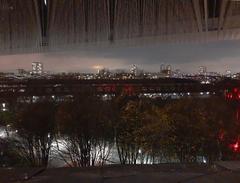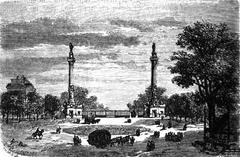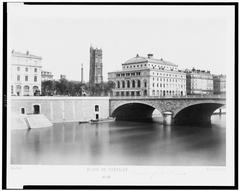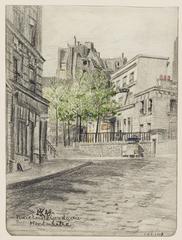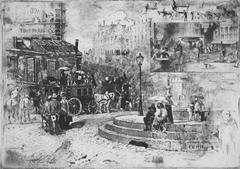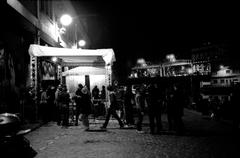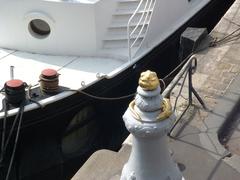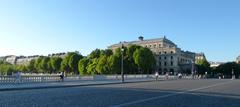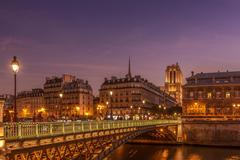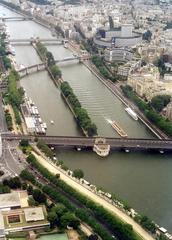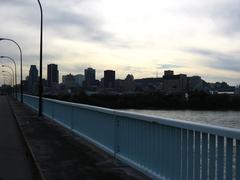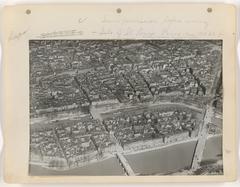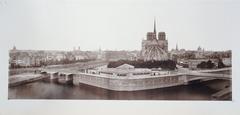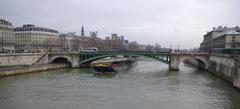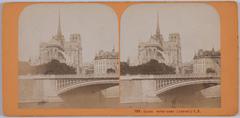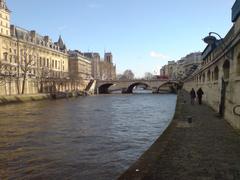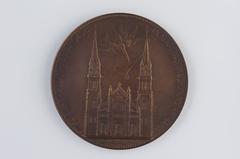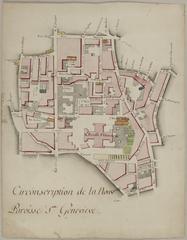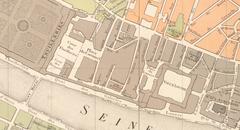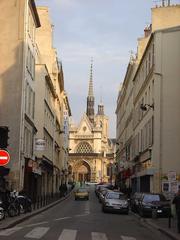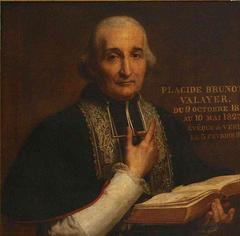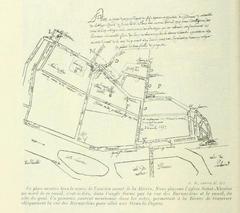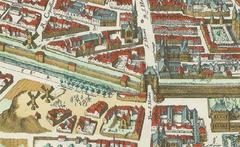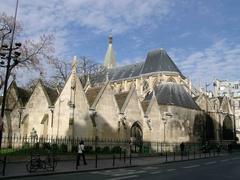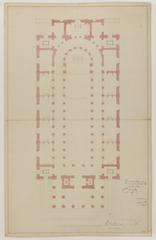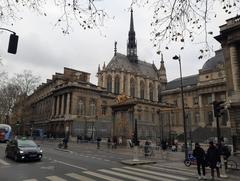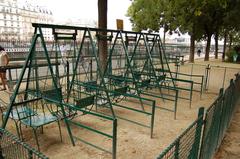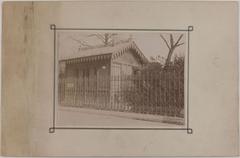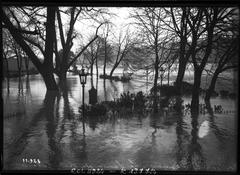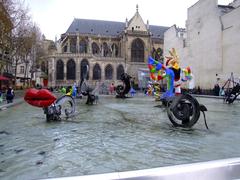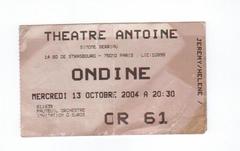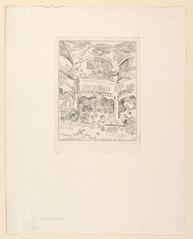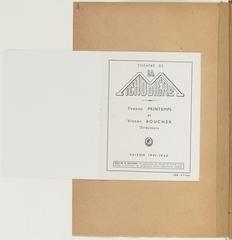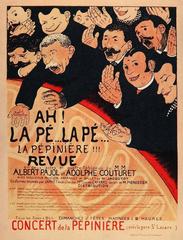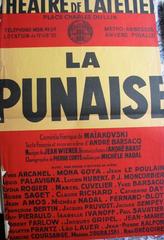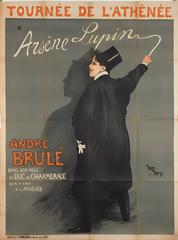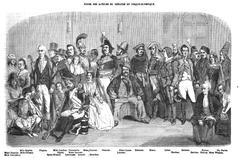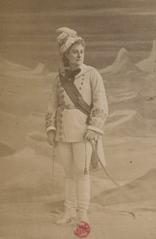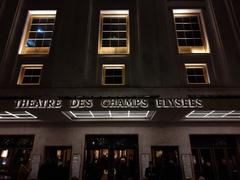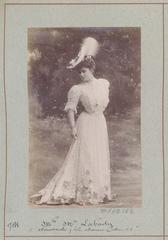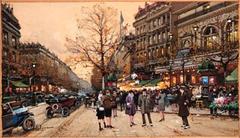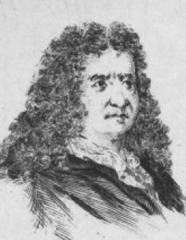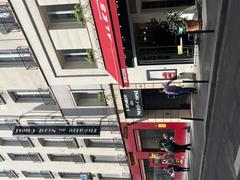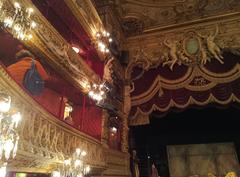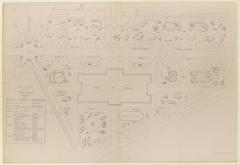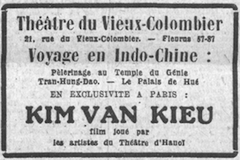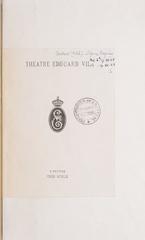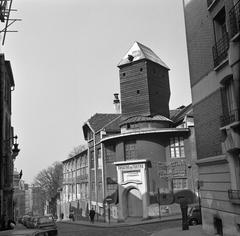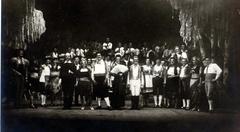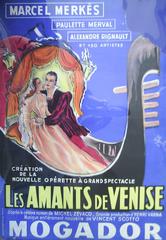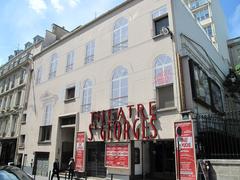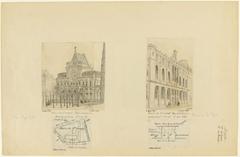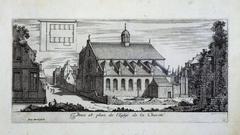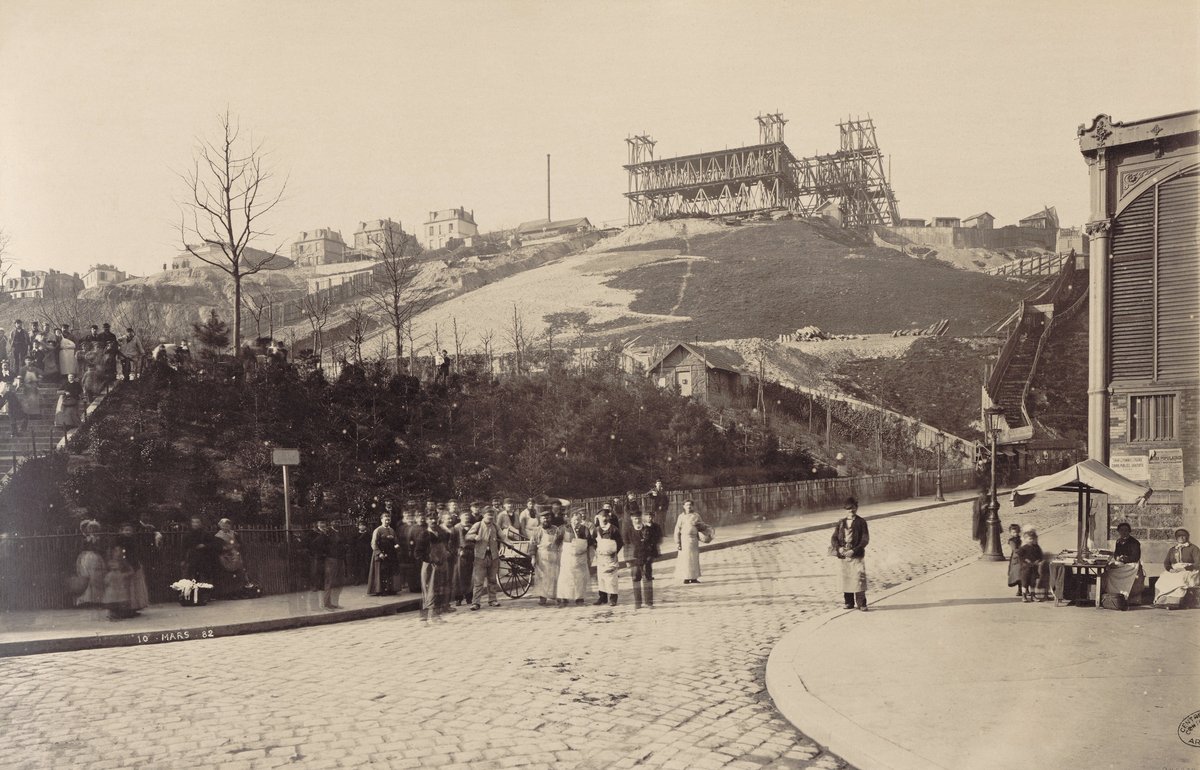
Square Louise Michel: Visiting Hours, Tickets, and Historical Significance
Date: 18/07/2024
Introduction
Square Louise Michel, nestled in the heart of Montmartre, Paris, is a hidden gem that offers visitors a unique blend of history, culture, and scenic beauty. This square, named after the famous French revolutionary and feminist, Louise Michel, is not just a public space but a symbol of social progress and a testament to the transformative power of urban development. Originally a gypsum quarry, the area was transformed into a public square during the significant urban renewal of Paris in the 19th century (Paris Info). Opened in 1889 to coincide with the Exposition Universelle, the square has since become a beloved gathering place for both locals and tourists. This comprehensive guide aims to provide you with all the necessary information for a memorable visit, from its rich history and cultural significance to practical tips on navigating the square and nearby attractions.
Table of Contents
- Introduction
- Early Beginnings and Urban Development
- From Quarry to Public Space
- Naming and Commemoration
- A Symbol of Revolution and Social Progress
- The Square’s Design and Features
- A Place of Gathering and Recreation
- Visiting Hours, Tickets, and Practical Information
- Cultural Significance and Contemporary Relevance
- Navigating the Square
- Travel Tips
- Events and Tours
- Photographic Spots
- Conclusion
Exploring Square Louise Michel - History, Visiting Hours, and Tips
Early Beginnings and Urban Development
Before its transformation into the beloved square we know today, the area was a gypsum quarry. This quarry played a crucial role in the development of Montmartre, providing the material for the construction of many of its buildings.
From Quarry to Public Space
In the 19th century, as Paris underwent significant urban renewal under Baron Haussmann, the quarry was filled in and landscaped. This period saw the creation of many of the city’s iconic parks and squares, and Square Louise Michel was no exception. The square was officially opened in 1889, coinciding with the Exposition Universelle, a world’s fair that celebrated the centennial of the French Revolution.
Naming and Commemoration
Originally named Square Willette, the square was renamed in 1905 to honor Louise Michel (1830-1905), a prominent figure in French history. Michel was a schoolteacher, revolutionary, and feminist who played a significant role in the Paris Commune of 1871. Michel’s unwavering commitment to social justice and her active participation in the Commune led to her exile to New Caledonia.
A Symbol of Revolution and Social Progress
The renaming of the square to Square Louise Michel was not merely a symbolic gesture. It reflected the growing recognition of Michel’s contributions to French society and her status as an icon of revolution and social progress. The square, with its panoramic views of Paris, became a place where people could gather, relax, and reflect on the ideals that Michel championed.
The Square’s Design and Features
The design of Square Louise Michel further emphasizes its historical and cultural significance. The square features a cascading waterfall that flows down the hillside, symbolizing the dynamism and ever-changing nature of the city. At the foot of the waterfall stands a bronze statue of Louise Michel, created by the sculptor Laurent Marqueste. The statue depicts Michel in a defiant pose, her arm outstretched as if rallying the people. This powerful image serves as a constant reminder of her legacy and the values she fought for.
A Place of Gathering and Recreation
Over the years, Square Louise Michel has become a beloved gathering place for Parisians and tourists alike. The square’s location at the foot of the Sacré-Coeur Basilica, another iconic landmark, makes it a natural stopping point for visitors exploring Montmartre. The square’s benches, fountains, and lush greenery provide a welcome respite from the bustling city. It’s a place where people come to relax, enjoy the views, and soak up the vibrant atmosphere of Montmartre.
Visiting Hours, Tickets, and Practical Information
- Visiting Hours - Square Louise Michel is open daily from 7:00 AM to 10:00 PM.
- Tickets - Entry to the square is free of charge.
- Accessibility - The square is wheelchair accessible, with paved paths and ramps.
- Nearby Attractions - Don’t miss the Sacré-Coeur Basilica, the Espace Dalí art museum, and the vibrant Place du Tertre.
- Travel Tips - Visit early in the morning or late in the afternoon to avoid the crowds and get the best light for photography. Wear comfortable shoes as Montmartre’s hilly terrain can be challenging.
Cultural Significance and Contemporary Relevance
Today, Square Louise Michel continues to hold significant cultural and historical relevance. It stands as a testament to the transformative power of urban planning and the importance of public spaces in fostering community and reflection. The square’s association with Louise Michel ensures that her legacy as a champion of social justice and equality remains alive in the heart of Paris. Visiting Square Louise Michel is not just about enjoying a beautiful park; it’s about connecting with the spirit of Paris, its history, and its ongoing pursuit of a more just and equitable society.
Navigating the Square
The Two Levels
The Square Louise Michel is designed on two distinct levels, connected by winding paths and stairways:
- Upper Level - This level sits at street level and offers a stunning panorama of Paris. You’ll find bandstands, benches, and a charming carousel here.
- Lower Level - Descend to the lower level to discover a quieter atmosphere. This level features a large fountain, a puppet theater (Théâtre de Guignol), and more secluded seating areas.
Entrances and Exits
There are multiple entry and exit points to Square Louise Michel, making it easily accessible from various directions:
- Main Entrance - Located at the foot of the Sacré-Coeur Basilica, facing Boulevard de Clichy.
- Rue Foyatier Entrance - A more discreet entrance on Rue Foyatier.
- Multiple Stairways - Several stairways and winding paths connect the upper and lower levels.
Getting Around
- Walking - The square is best explored on foot. Take your time to wander the paths, admire the landscaping, and soak in the ambiance.
- Accessibility - While the square features stairs, ramps are also available, making it accessible to visitors with mobility issues.
Orientation and Landmarks
- Sacré-Coeur Basilica - The Basilica serves as a constant landmark, visible from most parts of the square.
- Fountain - The large fountain on the lower level is another point of reference.
- Signage - While signage is minimal, the square’s layout is relatively straightforward. Don’t hesitate to ask locals for directions if needed.
Travel Tips
Tips for Navigating the Square
- Wear comfortable shoes - You’ll be doing a fair amount of walking, especially if you plan to explore both levels.
- Bring a map - While not essential, a map can be helpful, especially if you want to locate specific features like the puppet theater.
- Be mindful of crowds - The square can get crowded, especially during peak hours and weekends.
- Take your time - Don’t rush your visit. Allow yourself ample time to wander, relax, and enjoy the surroundings.
- Utilize the benches - Numerous benches are scattered throughout the square, offering a place to rest and take in the views.
- Be aware of your belongings - As with any crowded tourist destination, be mindful of your belongings and keep valuables secure.
Nearby Attractions
- Montmartre - Explore the artistic neighborhood with its charming streets and cafes.
- Espace Dalí - A museum dedicated to the works of Salvador Dalí (Espace Dalí).
- Place du Tertre - A square famous for its artists and portrait painters.
Special Features
- Puppet Theater (Théâtre de Guignol) - A delightful attraction for children and families.
- Carousel - Located on the upper level, this charming carousel is a favorite among young visitors.
- Bandstands - Ideal for enjoying impromptu performances or simply relaxing.
Events and Tours
- Special Events - Check the local listings for events such as concerts and cultural performances held within the square.
- Guided Tours - Consider joining a guided tour to learn more about the history and significance of the area.
Photographic Spots
- Upper Level - Capture stunning panoramic views of Paris from this vantage point.
- Fountain - The large fountain on the lower level provides a picturesque setting.
- Sacré-Coeur Steps - An iconic spot for memorable photos.
Conclusion
Visiting Square Louise Michel offers more than just a chance to relax in a scenic public space; it provides an opportunity to connect with the rich history and cultural heritage of Paris. The square’s transformation from a quarry to a public space reflects the city’s dynamic evolution, while its association with Louise Michel serves as a constant reminder of the values of social justice and equality she championed (Audiala). Whether you’re enjoying the panoramic views from the upper level, exploring the artistic atmosphere of Montmartre, or simply relaxing on the lawns, Square Louise Michel has something for everyone. As you plan your visit, make sure to take advantage of the practical tips and nearby attractions mentioned in this guide to fully immerse yourself in the unique charm and enduring legacy of this iconic Parisian square.
